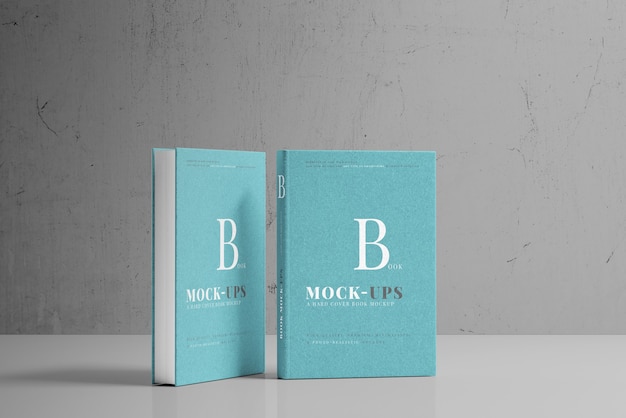


The export/check/fix cycle will likely take you in many, many cycles. If there are, check these on as many devices as you can. The difficult part is if you have any images involved.
#PUBLISH EBOOK WITH SCRIVENER 3 BETA PROFESSIONAL#
Little things like this are the difference between books that look professional and books that look lazy.Īnd, while this may sound like a pain, it’s NOTHING compared to the orphans and widows and page breaks you need to factor in when formatting a print book.Įbooks are versatile and adapt to the reader so you can’t factor in everything, but testing it out on different devices (or on Kindle’s Previewer once you’ve uploaded it to KDP) gives you a good idea of how it will look for most people.

You want your book to be perfect, and, when you just start out, this will require a lot of nitpicking.Ĭheck for things like if all your chapters look the same, if the separators look ok, if the spacing between each section works, if there are page breaks between each chapter, etc. This is where the time part really comes in.
#PUBLISH EBOOK WITH SCRIVENER 3 BETA DOWNLOAD#
You can also download a Kindle app for your Mac to see how things look. I do a lot of my editing in iBooks too, as I think the app is slicker. IBooks is a good place to check how your book is formatted. It’s time to see how it looks… Check it in iBooks You and your readers won’t be able to see this, but Amazon et al use this to get more information on your book. Once you’ve done that, add in meta data about your book by clicking the cog on the same row. It will tell you if a section is missing formatting, but it’s always worth checking anyway. Once you’ve assigned and designed your sections, you need to ensure that the right design links with the right section. It’s a bit of a faff and I would have to say this is by far the least user-friendly part of the whole process. In the formatter you can also control things like separators and page breaks. If there are any sections that you’ve set to preserve the formatting of (like I do with the text messages and news articles in What Happens in New York), you’ll need to ensure they’re the same font size or things will look off and you won’t know why. You should, however, ensure that all your text is in the same font and size. You can also pick your font, but these aren’t compatible with most ereaders so don’t bother with this unless you’re using Scrivener to format print books too. There are options to have titles in uppercase, small caps, lowercase, or title case. Once you’ve done that, you’ll be taken to this screen: You can do that by clicking the cog in the bottom left of the compile window. If you don’t want to use Scrivener’s default formatting options, you’ll have to create your own. Scrivener 3 automatically assigns section types for you, but these aren’t foolproof.īe sure to double-check the automatically assigned section types for each section, particularly if you have a complex structure.Īlso check the settings of sections like your dedication and acknowledgements. Check the auto settings-these make it easier but aren’t perfect You can’t change things like font size on it for your chapter titles, meaning everything looks boring. It sounds shinier and newer, but it has much less flexibility. You’ll need to create different templates for each format, so keep a record of what you’ve done for each section because as soon as you switch to a different format, you’ll lose what you’ve done if you didn’t save it.Īlso beware of epub2. The list of file types you can export your Scrivener file as.


 0 kommentar(er)
0 kommentar(er)
